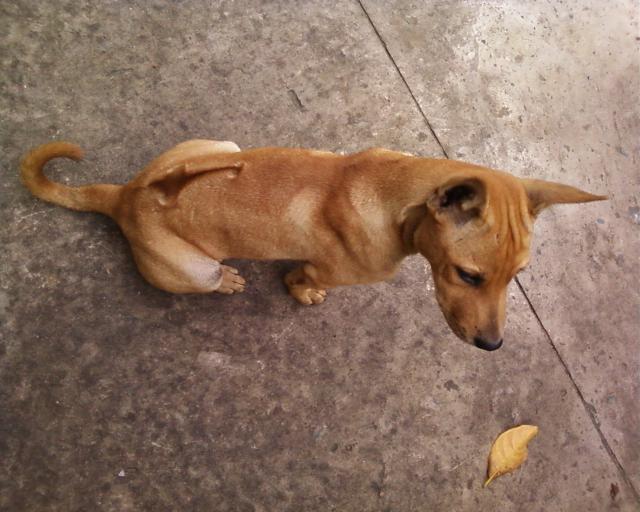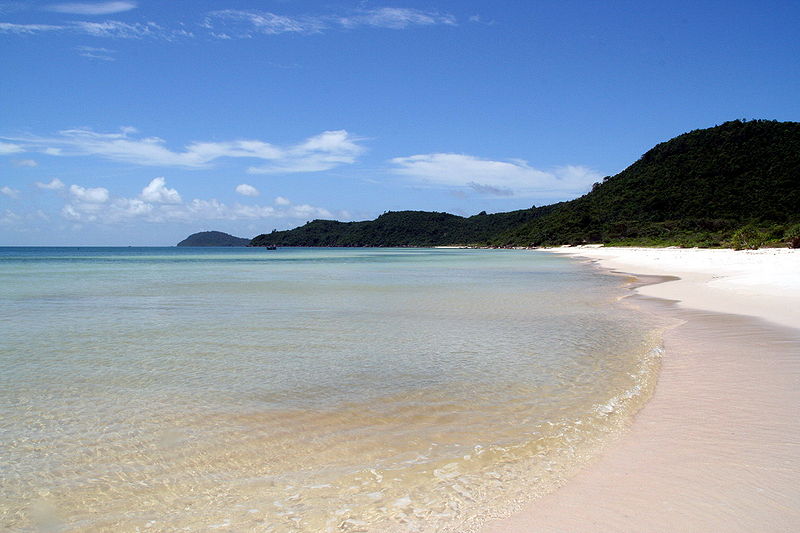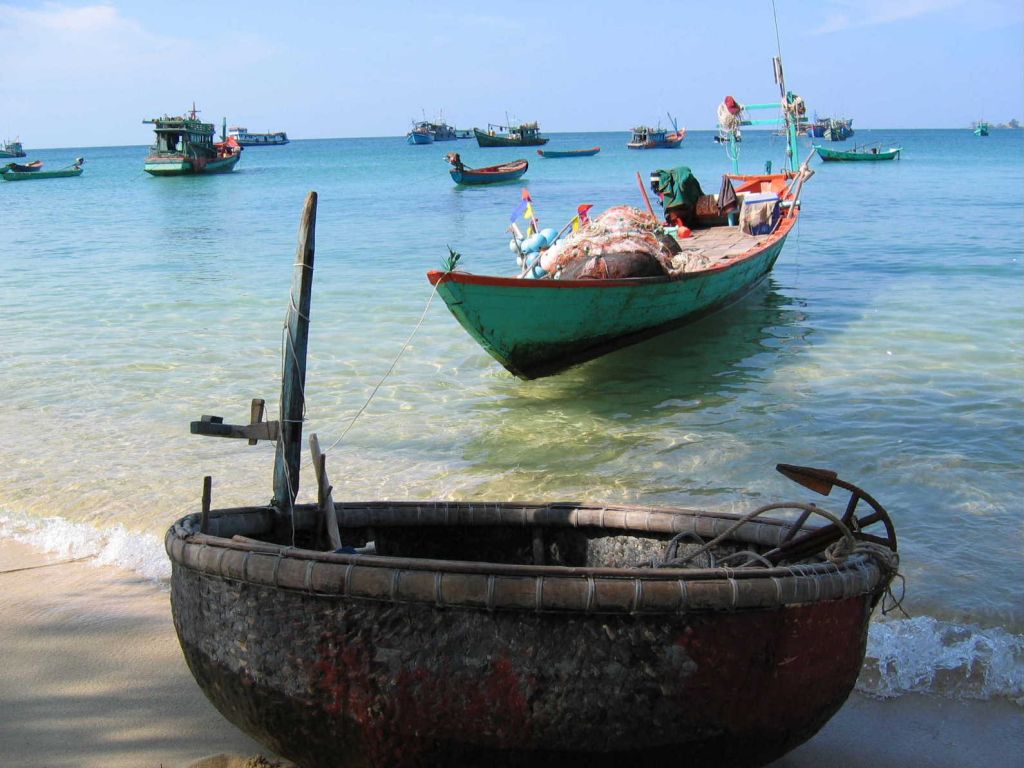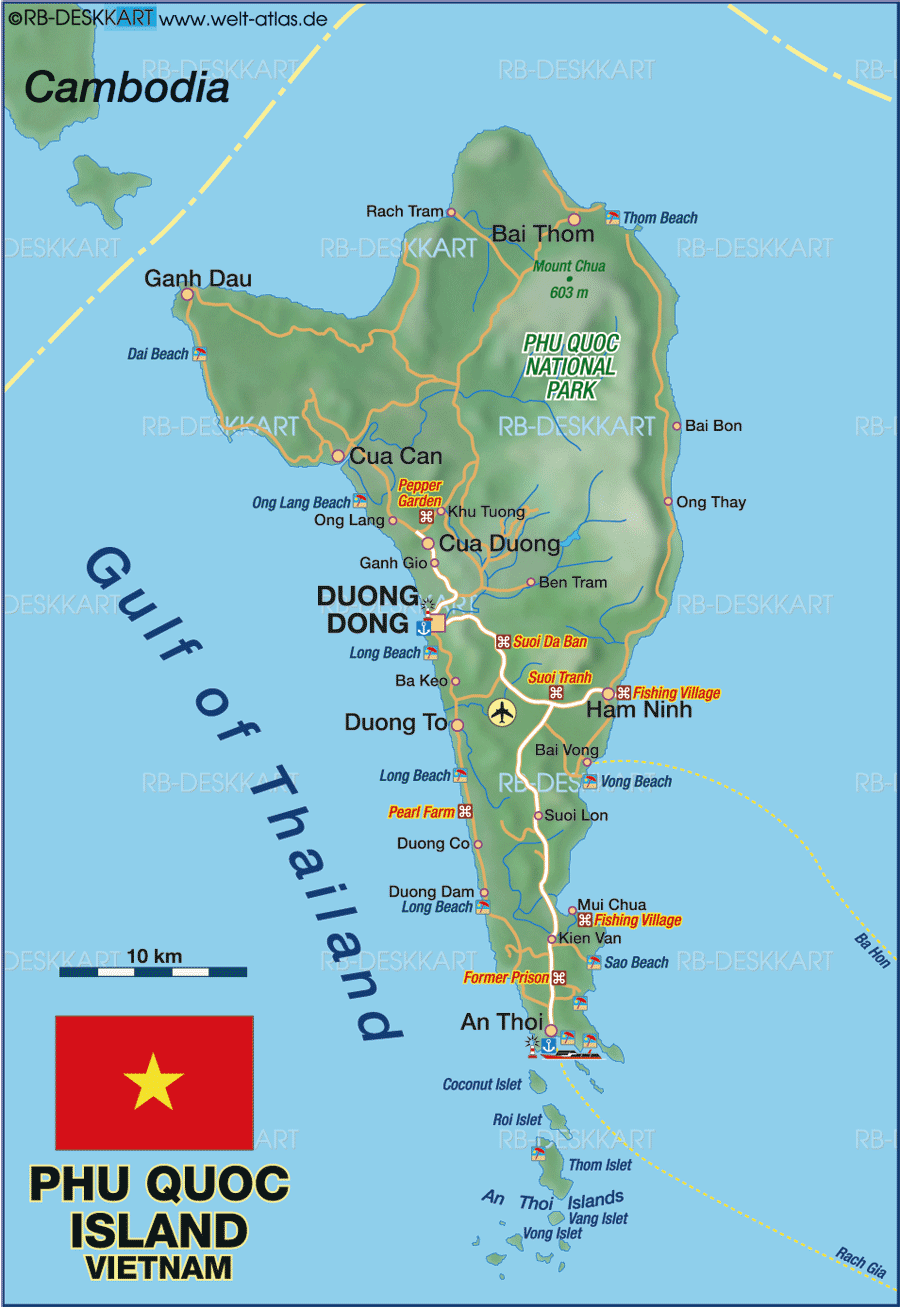Interesting linguistic links indicate early dog-horse semi-domestication
Xyambuatlaya/Xambotlaya/Khambodiya/Siam-Athalaya/Khan+/Kampong(ma)laya/kampot/kamchatka/Bimbetke/Bimbache(Can Isle Hierra)/Himba(ghee hair matriarch, W Africa cattle herders)/Himalaya-Tibet/Thimbu(Bhutan river-capital)
Biscayne/Vizcainya/ cave of Askondo (← aitz-ondo = (Basque) near the rock) 25ka red-painting of horse//Sunduki (black mountain, ideal plains-herd-hunt hill-top mesa (atalaya=watchtower/castlemount) Khakassia, Altai) 16ka white-carving of horse (Altaic people hut tipi-shaped ayyal (hex pyramid wood vs cf urt (tipi-yurt) of nomadic Tsatan people),
sunduki/askondo/saluki/swat/semliki/baluchi
Saluki (Pharaoh doggy)/Xolo-itzcuintli (/ʃoʊloʊ.iːtsˈkwiːntli/ SHOH-loh-eets-KWEENT-lee) Mex hairless jungle dog;Tepeizeuintli
dingo = anjing(Mal) + gou(Ch) = anjingo... saluki/swatluki/xmuatluhi
suatluki ~ semliki|||shamuatliki ~ shambuatlaya(molimoli/muatslimuatsli - askundwoki, swantluhi, sholocuintzli)
http://siberiantimes.com/other/others/news/is-this-the-oldest-astronomical-observatory-in-the-world-dating-back-16000-years/
http://forwhattheywereweare.blogspot.com/2013/05/echoes-from-past-may-9-2013.html
http://forwhattheywereweare.blogspot.com/2013/05/askondo-cave-art-is-25000-years-old.html
Beleuka Altai(Rus white mtns?)
baluchistan/Beluga(white)/luci-(light); lyse(loosen, untie/split); lykos(Grk wolf/lobo, lupus)
byeluka(Rus white vs Rus black cher-/schwartz vs beltz(basque black, Malay gelap dark, bakar char))
yam/yaw: http://religion.wikia.com/wiki/Yam_(god) http://en.wikipedia.org/wiki/Jehovah
luba - bantu tribe south congo//lu - tai tribe in SW Yunnan//luo - Nilotic tribe pastoral//luorawetlan[loo-awr-uh-vet-luhn, lwawr-] - NE Siberia Chukchi/Koryak/kamchadal lang (proper man)//lubra - native name in Tasmania & Aust aborig girl-woman//bemba - bantu tribe Rhodesia, Afr (bembantu/bembache/bambuti)//belone (Grk) needle (balloon/balleen?)
http://theaquaticape.org/2013/02/25/the-placenta-is-thrown-into-the-ocean/
Nice post about the Sama and their practices with the placenta. Though I’ve lived and worked with Sama for quite sometime, I still admit to understanding little about their practices that involve the ancestors (mag’mbo’). I was in a discussion about it once though where they were connecting the placenta with the ancestors that they revere. The idea from my understanding is that once a year the mbo’ require a sacrifice that involves returning to the land you were born and offering a financial offering that is usually dropped in the ocean. Returning to the land you were born would make sense along the lines that it is the place where your placenta was disposed of. Sama Deya according to my wife would be horrified at the idea of putting the placenta in the ocean. For them it has to be buried, but it is definitely clear that in the Sama worldview much importance is put on the placenta and its connection to the spirit world.
March 15, 2013 at 7:23 am
Reply
•
Erik Abrahamsson
Hi, thanks for you comment!
Yes, the placenta plays an important role in Sama cosmology, throughout Philippines, Malaysia and Indonesia … In Wakatobi I met the translator of the movie “The Mirror Never Lies”, a Sama man called Sadar, and he told me that it is still practise to put the placenta into the ocean after giving birth – and this is part of a ritual (the word “thrown” is probably wrong in this context, it should rather be “put into the ocean”).
The practice to throw the placenta into the sea might be foreign for most Sama in Malaysia and Philippines, but we must keep in mind that the Sama group in southern Indonesia has been separated from their northern relatives for at least 100 years. Hence, it is not surprising that some elements in their belief systems are partly different.
misogi(J)=ceremony of purification(in a river), e.g, the river Styx=Chiconauhpan(N)=river of the 9 vados/wadings[vase/vessel/punt~feet/punchwater] with boatman who rows one across to Mictlan), michimichi(J)=on one's way, as one goes along, all the way, e.g., one walks to Mictlan after the river crossing in company of a brown Xoloitcuintli[saluki/sh-(ua/oi)(t)luk(u)i...ki (earth/land) = tli/chi
Mazatl(N/7)=deer,=matou(J)=wrap, wear, put on (matou~kudu(antelope)(fishbaskettrap)(coracle) cf enduerre (Latin) put on
Austere = (Malay) haus: thirst
balteus (grk) belt/girdle, (belt also beat related to bat/pukul/pugil/peal?)
sith(Scot)=cú sith=cueitl(N)=skirt/dog=fairy cur/burial mound dog. ah, yes, Síle na gCioc (Irish)=Xilé na gCC(i)[tletl]
45k bce-10k bce, when we all were deer tribes following=Xolotl(N)=dogging Tlaloc
Tesem(Egypt) =tececemelti(Nauatl)=funny, amenable, recreative, who likes people,= cecemetlia(N/freq.)=cemeltia(N)=play with someone, give them pleasure,= cemelli(N)=pleasure, happiness,=cemelle(N/adj/adv)before negative, e.g., aic cemelle(N)=with happiness, tranquility, lit., not alone,=ceme(N)= plural of ce(N)=one, e.g., cea(N)=not one,=say(E)=de-s/cea-r=desear(sp)= desire(E)=decir(sp),=Ce(r)nechi(Malta/Fra Abela, 1647)=Kelb-tal-Fenek, Pharoah hound of Malta,=Cirneco dell'Etna(Sicily)=Tsm/Tesem(Egypt)=first Pharoah dog, comestible, relieved as Pharoah dog by Saluki sight hound= Alco(N)=Techichi(N)=rock dog,=Tesem(Egypt)=Anubis(Egypt)=Xolotl(N)= Evening star, twin of Quetzalcoatl, son of wind weaver Venus shuttle/ xiotl(N)star, Ehecatl(N/2 Tonalamatl)/Hecate, Tobacco Deity of Mexico, and the Fool=Xolo=follow in Tarot=Taroc/Tarocco(Ital)=Tlaloc, rain Deity of Nomad Deer Age, 45k BCE-10k BCE, paired with St. Michael=Miquiztli(N/6 Tonalamatl)=Death Lord of dogs, and finally, the Devil. ...Abuwtiyuw/Abutiu(Egypt)=royal guard dog of the 6th dynasty, 2345-2181BC, died before 2182, buried sumptuously at Giza Necropolis, =Abuw-=Tlapoalli -tiyuw(Egypt)=-tiuhtli(N)= Tlapo-tiuhtli(N)=counted/tlapoalli tiuhtli/as Lord, for he was embalmed and buried as a Noble" {tletl}
Kamchadal language (ethnonym: Itelmen cf luorawetlan, The Itelmens use the self-designation itenme'n-itelmen which means 'an inhabitant of dry land, a human being') is distantly related to Chukchi and Koryak, and together they form the Chukotko-Kamchatkan language family Kamchatka kamchadal/itelman(river settlement?) - labor was very clearly divided based on gender, though many tasks were shared. When fishing, the men and women paddled together, however only the men fished while the women performed all related tasks such as cleaning and drying the fish and collecting the eggs. In home construction, men performed all the wood work, digging and carpentry while the women performed the task of thatching the straw roof and cutting the straw with bone sickles made from bear shoulder blades. The women prepare the whole fish supply, except fermented fish and dog food, which is left to the men. The women perform all the tasks of gathering seeds, berries and fireweed, which is used as a type of tea. From grass they construct mats, bags, baskets and boxes for storage and transportation. Dog and reindeer skins are tanned, dyed and sewn into the various garments worn by men and women.[4]
Cathaya, the Chief Kingdome of Great
Cam/Kublai Khan" to the northeast of China. On his map, he placed
Xandu east of the "Cathayan metropolis"
Cambalu
 |
| Khampa horseman in Kham region near Tibet |

 |
| Tsaatan horsemen looping/yoking a horse |
 |
| Tsaatan in front of urt (tripod-based tipi of skins, felt or birch bark) |
 |
A Tsaatan woman (also shaman) milking reindeer, note very small nose and large cheekbones
|
 |
This photo of an Apatani women from India shows her tribal nose-plugs and tattoo, her epicanthic eyelids rise to her forehead [All photos from Tribal Asia, excellent book on Asian tribal traditions]
|
Xambotlaya/Ksyambodlia/Khampot/Thimbu/Himbalaya... Atalaya (Sp): watchtower
http://news.nationalgeographic.com/news/2013/13/130425-indus-civilization-discoveries-harappa-archaeology-science/?utm_source=feedburner&utm_medium=feed&utm_campaign=Feed%3A+ng%2FNews%2FNews_Main+%28National+Geographic+News+-+Main%29
Bones from about 1900 to 1700 B.C.—more than a millennium later than those examined by Kenoyer—make it clear that at least some Harappan residents were subjected to savage violence. The skull of a child between four and six years old was cracked and crushed by blows from a club-like weapon. An adult woman was beaten so badly—with extreme force, according to researchers—that her skull caved in. A middle-aged man had a broken nose as well as damage to his forehead inflicted by a sharp-edged, heavy implement. Mace wielding horsemen or road accident with horse carts?
Siberia 3.5ma warmer, forested, no ice cap http://siberiantimes.com/science/casestudy/news/global-warming-sensation-arctic-land-masses-were-once-warm-forested-and-the-north-pole-had-no-ice-cover/
























http://en.wikipedia.org/wiki/Pear_people